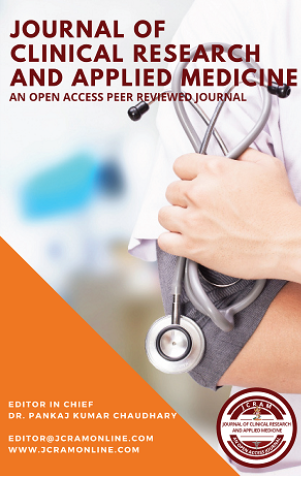Antimicrobial Combinations: An Overview
DOI:
https://doi.org/10.5530/jcram.1.2.10Keywords:
Spectrum, Synergism, Infection, Resistance, MisuseAbstract
Antimicrobials are the major contribution of current century to medical sciences. It includes both synthetic as well as naturally obtained agents that attenuate pathogens. Antibiotics (a term commonly used as antibacterial) are the substances produced by fermentation of microorganism which selectively suppress growth or kills microbes in very low concentration. The golden era of antibiotic began after discovery of Penicillin. Antimicrobial are either broad spectrum, extended spectrum or narrow spectrum regarding it’s activities. Their susceptibility is best predicted by mean inhibitory concentration. Resistance is the major associated problem which may be natural or acquired. In spite of life saving in most of the critical condition, antimicrobial is highly misused and over prescribed in the current scenario of clinical medicine. Combinations of antimicrobials are quite popular in India. The current review highlighting an overview of antimicrobial combinations in Indian context.
Key words: Spectrum, Synergism, Infection, Resistance, Misuse.

Downloads
Published
How to Cite
Issue
Section
License
JCRAM and its contents are licensed under a Creative Commons Attribution-Non Commercial-No Derivs 4.0 License. Permissions beyond the scope of this license may be available with editor@jcramonline.com






